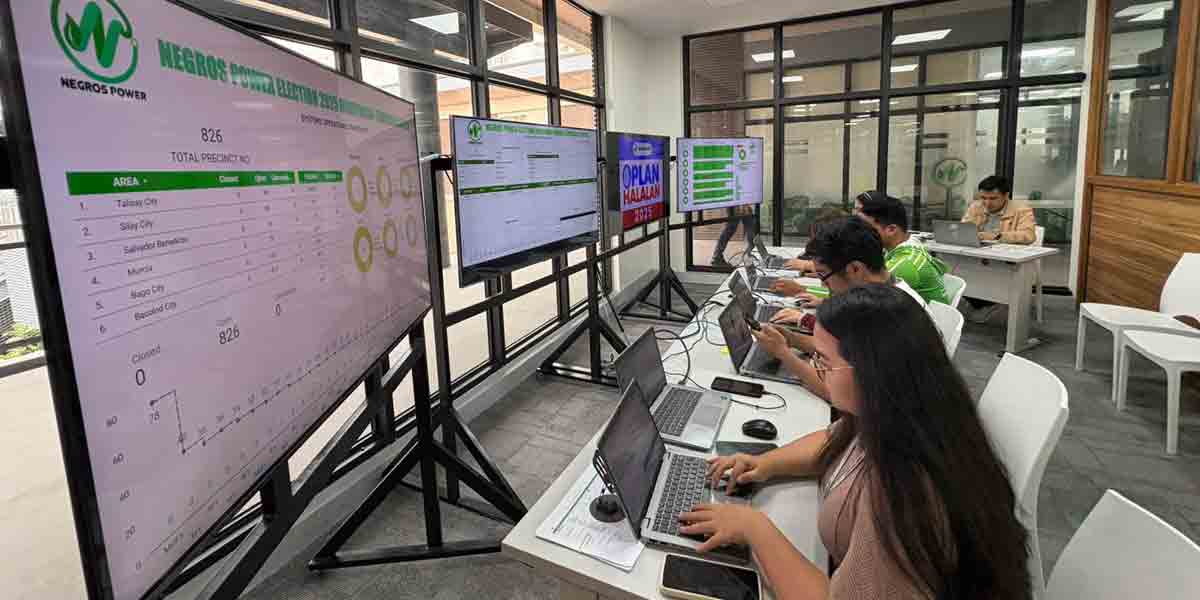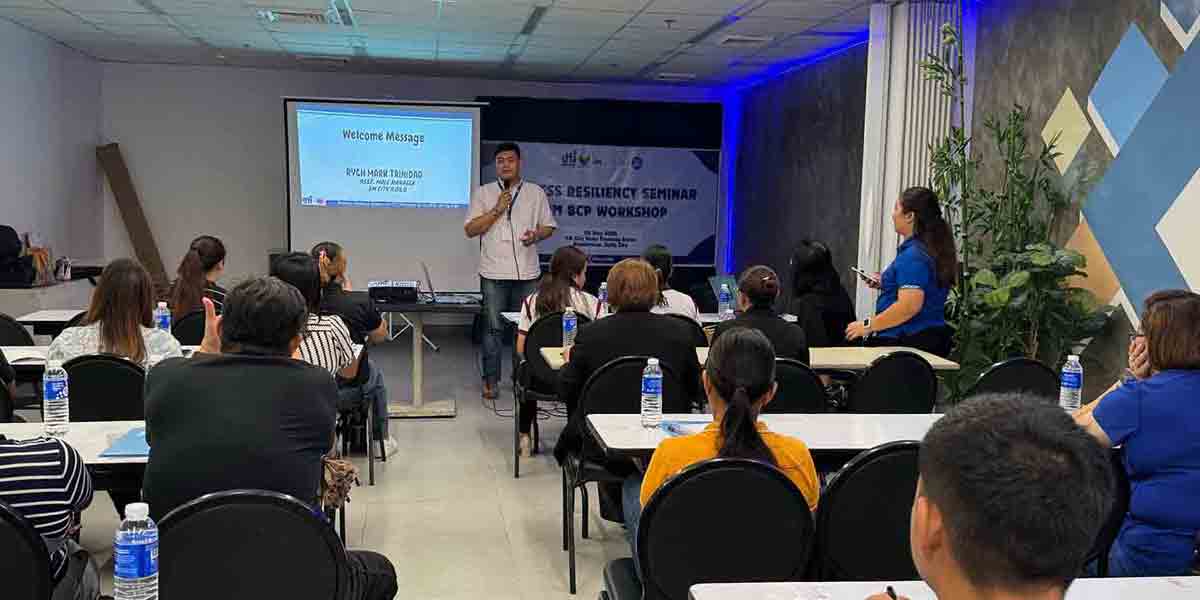By Rjay Zuriaga Castor
The Department of Agriculture Western Visayas (DA-6) stated that the fight against African Swine Fever (ASF) is far from over and that the government is taking calculated risks to recover the losses in the swine industry caused by the disease.
“We have to be realistic about this; we cannot recover from ASF instantly,” DA-6 Director Dennis Arpia remarked during a press conference on Tuesday.
As the region slowly recovers from ASF damage, Arpia highlighted the risks involved, especially in the sentinelling program.
“The government is taking this risk so that if the private sector follows suit, they will have confidence in our recovery from ASF,” Arpia said, stressing that the government is investing heavily in upgrading from red to pink zone status.
The sentinelling program is the government’s science-based approach to increasing hog production and stabilizing pork supply and prices.
The DA is distributing “sentinel” piglets in areas with no reported cases of ASF for at least 90 days.
The sentinel protocol will determine if the virus or disease is still present in the area.
A red zone, or infected zone, consists of towns with confirmed cases of ASF, while a pink zone, or buffer zone, consists of towns adjacent to an infected zone that have not reported a case of ASF for a certain period of time.
“With the cooperation of the private sector, local government units (LGUs), and other involved agencies, many of our farmers have already surpassed the pink category, and the next is the yellow category,” he added.
Data from DA-6 showed that an additional 26 LGUs have been upgraded to the pink zone and are ready for the sentinelling program.
In the pink category, farmers are not only allowed but encouraged to participate in sentinelling.
“We are already doing that for most of them because this is the time to boost their confidence to invest again,” Arpia said.
“The results in the confidence level of the farmers are already good, and I hope it continues.”
He added that they have not monitored any positive ASF cases or deaths among swine given to farmers as sentinel pigs. There are currently 206 LGUs in the region undergoing the sentinelling program.
Arpia clarified that in the sentinelling program, DA is not focused on the numbers but is strategically identifying areas affected by ASF, especially those at high risk of being affected again.
“It’s not about how many, but in which areas are the most vulnerable where sentinel pigs are distributed,” he stressed.
Aside from comprehensive measures to prevent and control the spread of ASF, the DA, through its National Livestock Program (NLP), funded P240 million in 2023 and 2024 for 32 swine multiplier farms at the 30-sow level and P40 million for four projects at the 300-head finisher production level.
In collaboration with the Agricultural Training Institute, the NLP also funded P50 million to establish five multiplier and techno-demo farms at the 30-sow level and to establish two Swine Artificial Insemination centers.


















